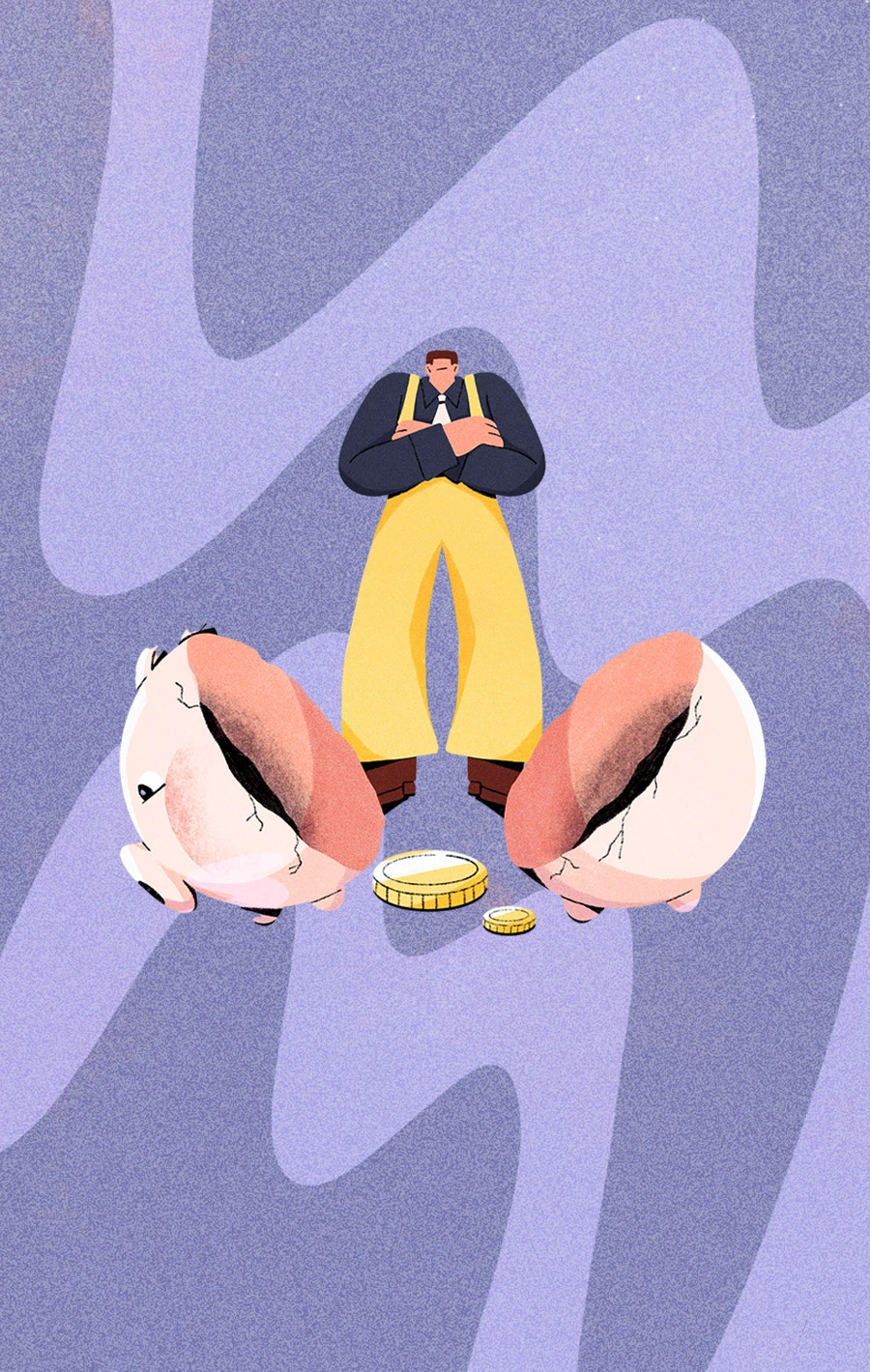Updated on August 31, 2025
The Health Education Assistance Loan (HEAL) program was a federal student loan program created in 1978 to help medical and other health profession students cover graduate school costs. The program ended in 1998, but as of 2024 about 6,500 borrowers still owe over $400 million.
The only long-term solution for most borrowers today is to consolidate HEAL loans into a Direct Consolidation Loan. That’s the path to modern repayment plans and forgiveness programs.
This page gives you the background and history of the HEAL program and connects you to guides on default, collections, and bankruptcy.
Overview and History of the HEAL Program
The HEAL program was created in 1978 under the Public Health Service Act to address rising medical school costs and concerns about shortages of health professionals.
Who could borrow: Graduate students in medicine, dentistry, veterinary medicine, pharmacy, optometry, podiatry, chiropractic, public health, psychology, and health administration were eligible.
How it worked: Private lenders issued the loans, and the federal government insured them against default, disability, or death. That protection made banks more willing to lend large amounts.
Borrowing limits: Students could take out up to $80,000 — a significant sum at the time. Interest began accruing as soon as the loan was disbursed, and repayment could last as long as 33 years.
End of the program: Congress ended new HEAL lending on September 30, 1998. In 2014, the remaining loans were transferred from the Department of Health and Human Services to the Department of Education.
HEAL Loan Interest Rates
Unlike today’s Direct Loans, HEAL loans didn’t have fixed interest rates. They carried variable rates tied to U.S. Treasury Bills, and interest compounded — meaning unpaid interest was added to the balance and itself began accruing interest. That structure caused many borrowers’ balances to grow quickly.
Loans before Jan. 27, 1981: Maximum 7.875%.
Loans between Jan. 27, 1981, and Oct. 21, 1985: Floating rate = 91-day T-Bill + 3.5%, rounded to the nearest 1/8%.
Loans on or after Oct. 22, 1985: Floating rate = 91-day T-Bill + 3%, rounded to the nearest 1/8%.
This is why many HEAL borrowers owe more now than they originally borrowed.
Why HEAL Loans Still Matter
No new HEAL loans have been issued since 1998, but the program hasn’t disappeared. As of February 2024, about 6,500 borrowers still owed roughly $421 million.
What sets these loans apart is how aggressively the government can collect:
No statute of limitations: The Department of Education and the Department of Justice can pursue repayment indefinitely.
Extra collection tools: In addition to wage garnishment and tax refund offsets, health professionals risk losing Medicare and Medicaid reimbursements.
Strict bankruptcy rules: HEAL loans can only be discharged if repayment would be “unconscionable,” a tougher standard than the “undue hardship” test used for other federal loans.
That combination of rules makes default on HEAL loans far riskier than with other federal student debt.
HEAL Loan Forgiveness and Discharge
HEAL loans don’t have a built-in forgiveness program. The only path is consolidation into a Direct Consolidation Loan, which can then qualify for Income-Driven Repayment (IDR) forgiveness after 20–25 years or Public Service Loan Forgiveness (PSLF) after 120 qualifying payments.
The one-time IDR account adjustment that gave retroactive credit ended on April 30, 2024. Consolidating now resets the clock to zero. For most borrowers — who have held these loans for decades and are often mid-career or nearing retirement — starting over with decades of new payments isn’t realistic.
Other discharges include:
Death discharge: Loans are canceled if the borrower dies.
Total and permanent disability: Borrowers who can no longer work can apply through the Department of Education’s TPD process.
Bankruptcy: HEAL loans can only be discharged if repayment would be deemed “unconscionable,” a far stricter standard than the “undue hardship” test for other student loans.
Where to Get Help With a HEAL Loan
Not in default: Contact your loan servicer for account-related questions.
In default: Contact the Department of Education’s HEAL Program Team at 1-202-297-5938 or HEAL@ed.gov
(Monday–Friday, 8:00 a.m.–4:30 p.m. ET).General information: The same phone number and email can be used by community members, researchers, or anyone with HEAL-related questions.
Payments: The Department of Education accepts electronic payments through pay.gov, or mailed payments to its Washington, DC office. If your account has been referred to the Department of Justice, you’ll need to continue working directly with DOJ or its counsel. See full payment instructions on studentaid.gov.
Learn More About HEAL Loans
HEAL loans come with rules unlike any other student debt. To help, we’ve created guides that explain the main challenges borrowers face today:
Defaulted HEAL Loans: Options to Get Out of Default – strategies to resolve the debt.
HEAL Loan Collections: How the Government Enforces Defaulted Loans – what happens if you don’t act.
Can You Settle a HEAL Loan? – why negotiating a payoff for less is challenging.
Can You File Bankruptcy on a HEAL Loan? – why the “unconscionability” test makes discharge so difficult.
In re Rice: Why HEAL Loans Are Almost Impossible to Discharge – the court case that set the standard for bankruptcy outcomes.



